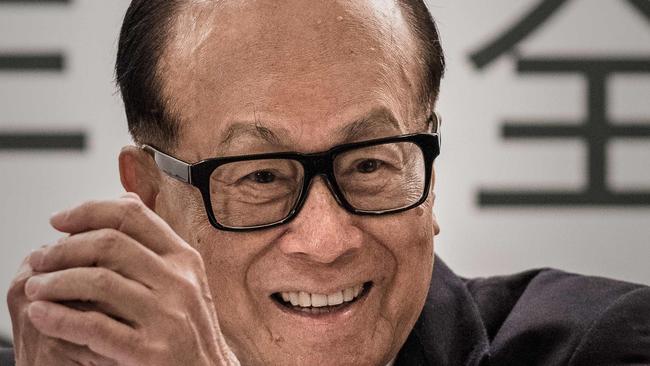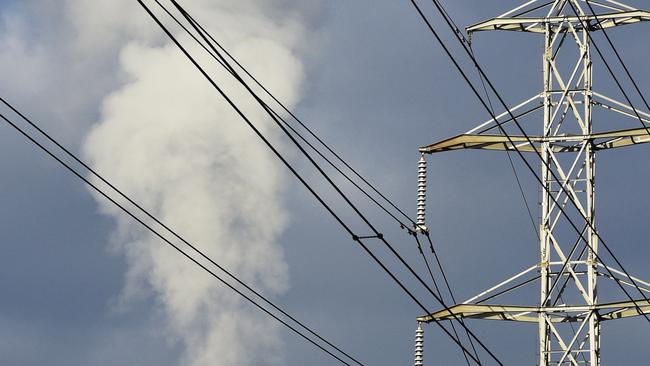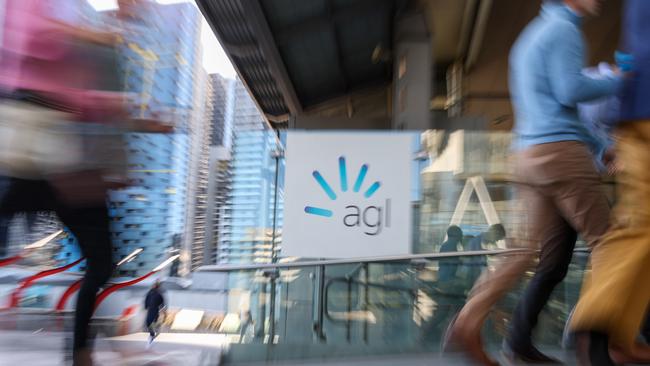Aussie power grid unprepared for coming coal shock
The rich owners of two Aussie energy companies – including one with links to SA Power Networks – backed Beijing-led plans to clamp down on pro-democracy protesters in Hong Kong.
SA News
Don't miss out on the headlines from SA News. Followed categories will be added to My News.
The billionaire owners of two Australian energy companies backed a controversial security plan crafted by Beijing to crack down on pro-democracy protesters in Hong Kong.
Li Ka-Shing, whose massive Cheung Kong Holdings conglomerate owns SA Power Networks, and fellow billionaire Michael Kadoorie – the majority owner of Energy Australia – both supported Beijing’s wide-ranging security laws.
The laws, introduced in 2020, made it easier to prosecute protesters and effectively ended the “one country, two systems” principle that since 1997 ensured Hong Kong’s liberal lifestyle.
Key provisions include life in prison sentences for “secession”, “subversion” and terrorism.

The latter crime was changed to include damage to public transport facilities, while people suspected of breaking the law can be wire-tapped and put under surveillance.
It criminalised any open speech or verbal promotion of Hong Kong breaking away from mainland China.
Just a month before it passed in June 2020, Mr Li supported Beijing’s “right to address its national security concerns”. “We probably need not over-hypothesise it,” Hong Kong’s most successful tycoon said at the time.
“Hopefully, the proposed new law can allay the apprehension Beijing’s central government felt in Hong Kong, and from thereon, a positive outlook can begin to prevail.”
Mr Kadoorie, one of the city’s wealthiest people, also supported the laws.
“We are confident that through the enactment of the appropriate legislation in Hong Kong and with the resilience of the Hong Kong people, the city will continue to grow and prosper for many decades to come,” he said in June 2020.
Beginning in March 2019, hundreds of thousands of people began protesting on the streets of Hong Kong against a proposed bill to give China the power to arrest voices of political dissent. Violent protests lasted for more than a year, causing 15 deaths and more than 2600 injuries.

Mr Li’s Cheung Kong Holdings conglomerate owns a 51 per cent share of SA Power Networks. He has previously denied his company has any involvement with the Chinese Communist Party.
The billionaire is widely considered to be anti-communist and has come under intense scrutiny from the highest powers in Beijing for divesting his businesses in China.
During the height of the Hong Kong unrest, Mr Li called on authorities to show leniency towards young protesters, prompting the Communist Party to accuse him of “harbouring criminality”.
Mr Kadoorie and his wealthy family owns a majority stake in Energy Australia, which operates the Hallett gas power station in SA’s Mid-North and the Cathedral Rocks wind farm near Port Lincoln.
Self-inflicted blackout
The nation’s power grid is totally unprepared for the mass closure of coal-fired power stations, leading energy experts say.
A map of Australia’s coal, gas and uranium fields shows we have ample energy assets – enough to power the nation for countless generations to come.
But data compiled by The Advertiser shows how Australia has shunned the natural resources with which it is blessed, as the premature shutdown of fossil fuel-based generation plunges the nation into a power crisis.
Tony Wood, the director of the Grattan Institute’s energy program, has sounded the alarm for the state of Australia’s electricity grid as thousands of megawatts from coal plants disappear and gas basins remain untapped.
This includes the Gunnedah Basin in NSW, where Adelaide-based Santos has been left frustrated with repeated red tape delays as well as environmental legal challenges to its Narrabri Gas Project.

The coal-seam gas project is expected to provide for up to 50 per cent of NSW’s gas needs when it begins production in 2026.
“We’ve probably done the easy bit – we’ve put rooftop solar on many, many rooftops and I think Australia leads the world in the proportion of individual dwellings that have solar, and I think SA might have the biggest percentage (in the country),” Mr Wood said.
But while praising South Australia’s solar uptake, he warned “rushing” to meet ambitious net-zero targets could leave households and businesses worse off.
“We haven’t been building dispatchable capacity to line up with the wind and solar, and now we are having to rush, and when you rush you obviously have two risks.
“One is that the costs go up dramatically and the other is you still don’t meet your deadlines.
“The direction and destination remain as they should be, but I think we are still grappling with the plans, processes and policies that are necessary to achieve this transition without major problems with cost or reliability.”
Mr Wood said the bout of extremely cold winter and the Ukraine war had combined to highlight the fragility of the energy system.
In last month’s federal budget, it was revealed household power bills are set to rise by 56 per cent over the next two years.
At least six coal-fired power stations are scheduled to close across the country by 2030, while at least 10 have closed between 2010-20. SA’s last coal-fired power station was closed in 2016.
Alinta chief executive Jeff Dimery has over the past month raised serious concerns about Australia’s ability to make up for the closure of coal-fired power stations in the eastern states.
Following AGL’s announcement it would close its Loy Yang A power station in Victoria in 2035, a decade earlier than expected, Mr Dimery said he was concerned.
“I’m sure I’m not the only one just observing the gap that’s really opening up between the certainty of what’s coming out and the uncertainty of what’s replacing it and going in,” he said.
“I don’t believe we can achieve the transition based on what we’re seeing to date.”
Energy Australia boss Mark Collette has also raised concerns, saying: “In eight years, we need to build roughly three times the renewable capacity we built in the last 20 years.”
The concerns come as financial reports show the heads of some of the biggest Australian energy firms are pocketing millions of dollars annually.





